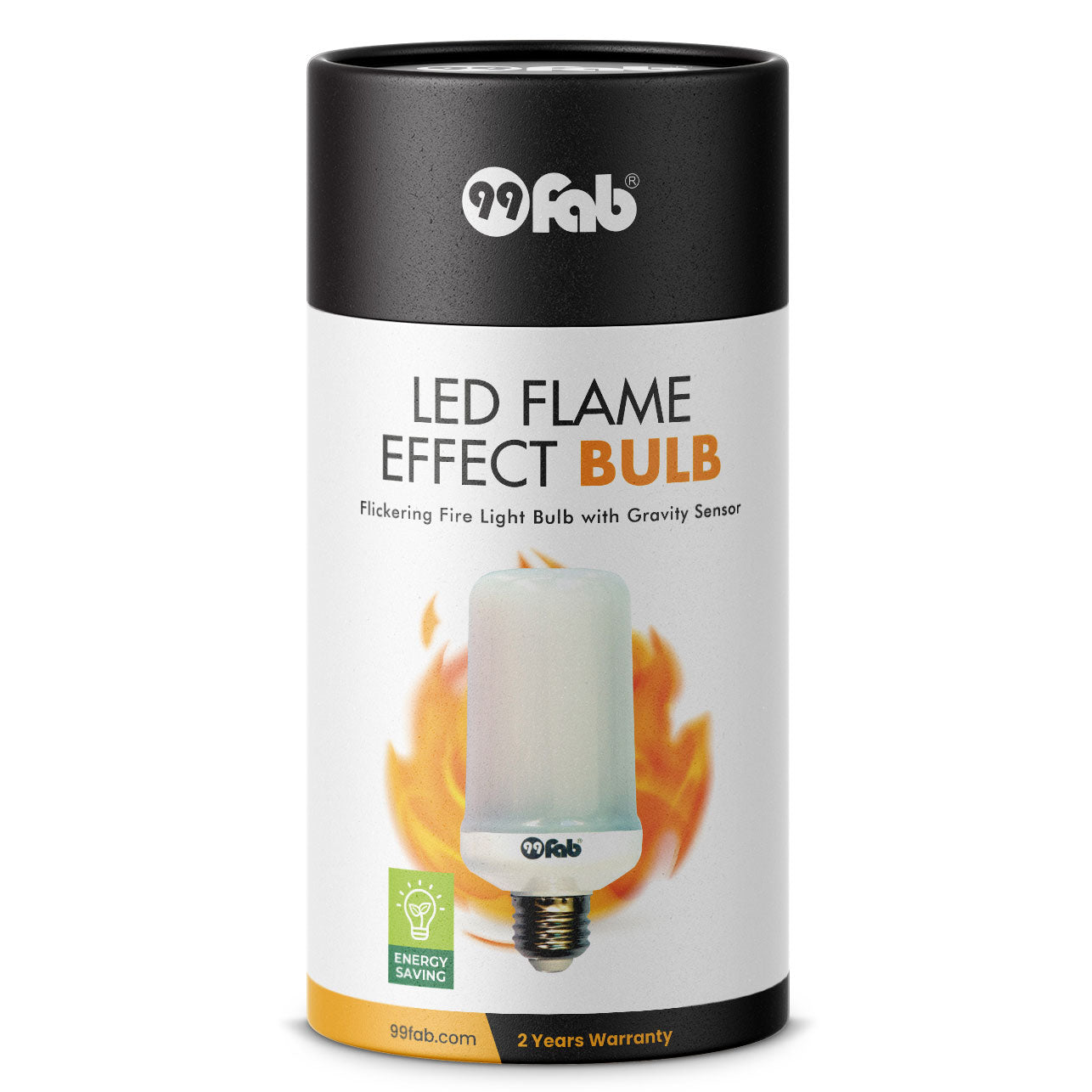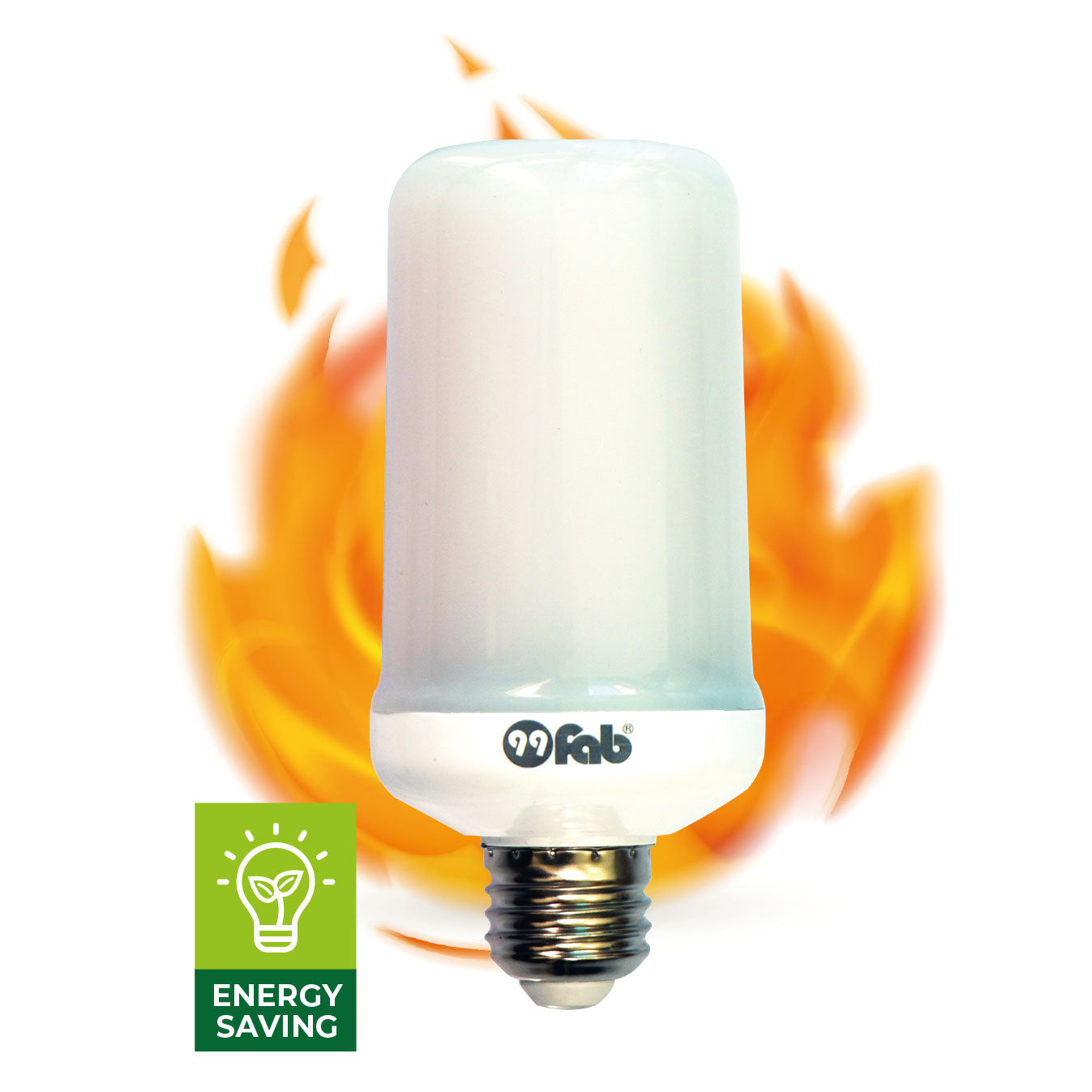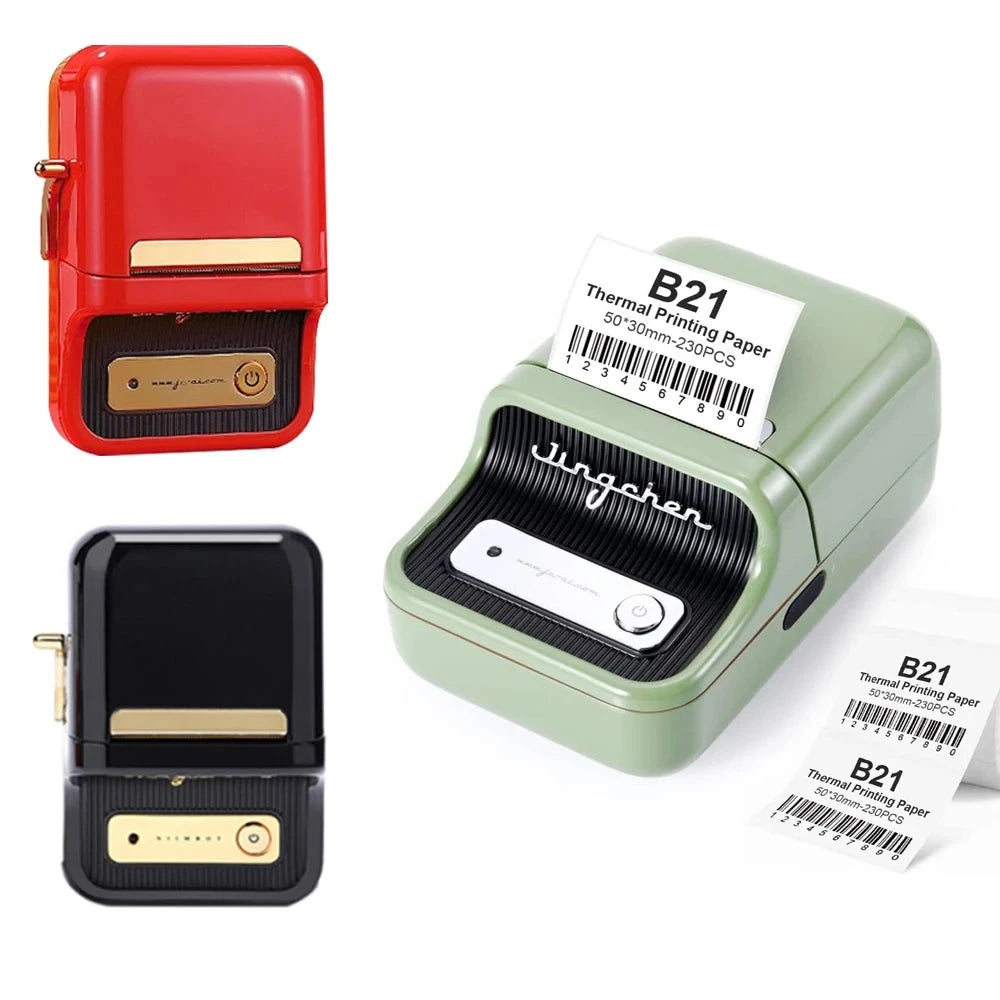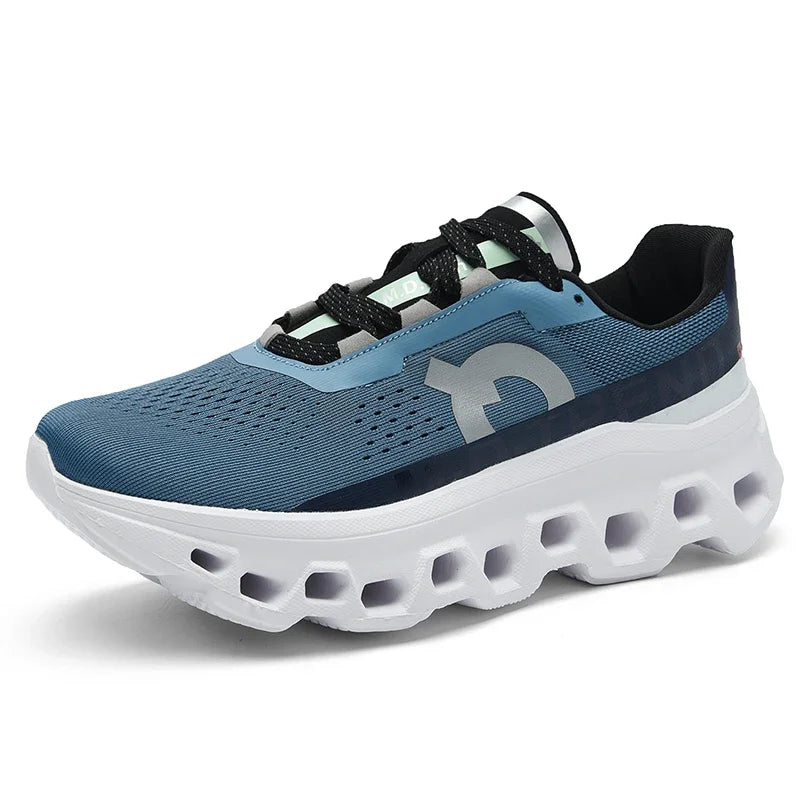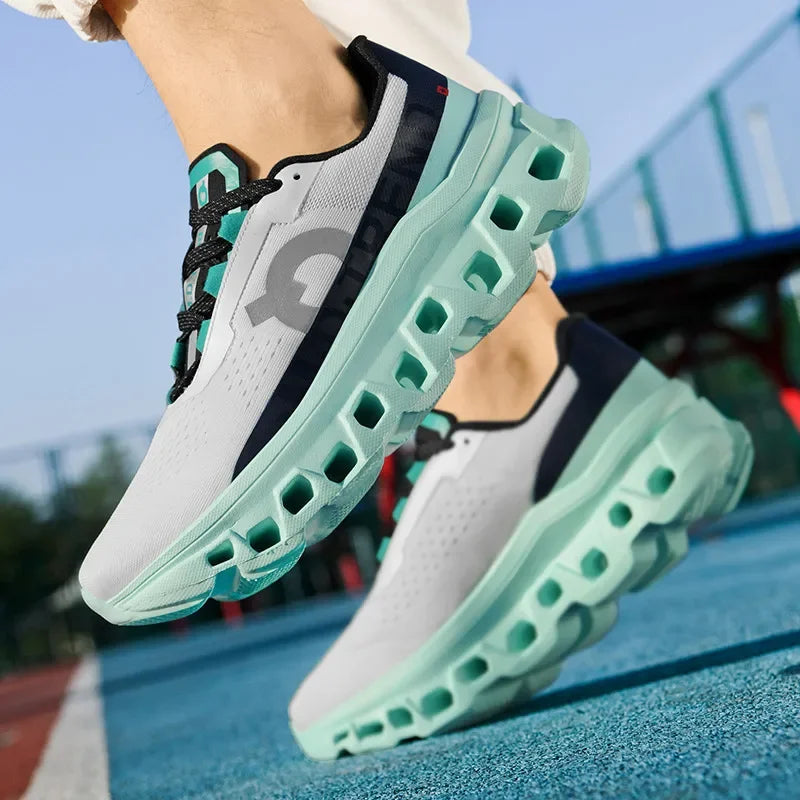When you buy shoes, it's mandatory to check whether they will slip on a slippery surface or not. But can you explain how to tell if shoes are non slip?
Slipping on a surface is involved various variables. Maybe, the floor is simply slippery for some reason. Or, the shoe you are wearing isn’t capable of providing proper grip.
And, it won’t be completely irrational if I say- you can slip anywhere on earth! That’s why we should always wear slip-proof shoes.
Check out our latest collection of high heels
And here, you will know how to tell if shoes are non-slip, along with some extra information!
What are Non-Slip Shoes?
Firstly, shoes that prevent you from slipping on surfaces are known as non-slip shoes. Anyway, there are a few features that make a non-slip shoe.
Such as - a non-slip shoe will have a particular kind of design under the sole. As a result, it will have a grip on the surface you are moving. There is more to it. You will learn them in the upcoming sections.
In addition, you might be wondering about what non-skid shoes are? Non-slip and non-skid shoes are the same. So, these are just two different terms for one idea.
Examples of Non-Slip Shoes
It's a little tricky to provide an example because there are a lot of aspects to pay attention to. If you consider the style of shoes, all vans and converses are slip-resistant.
On the other hand, consider the character of a shoe. In that case, shoes from all the brands are of two categories. It means they can be anti-slip or not anti-slip.
Moreover, think about the purpose of a specific pair of shoes. For example, there are special oil-resistant shoes for kitchen and factory work.
Also, there are shoes for running, walking, shoes for athletes, and for the people who need to work standing.
How to Tell If Shoes are Non-Slip: 7 Strategies
Generally, people think rubber shoes are meant to be slip-resistant. But that’s not the fact. Even shoes with rubber soles can be slippery if they are not adequately textured.
Although rubber is naturally skid-resistant, you can still slip on rubber sole shoes. Now let’s find how to identify a slip-resistant shoe.
Effective Tread Patterns
Before other details, let's know what tread is. Tread is the side of the sole that touches a surface. And, that side of the sole has some designs. The patterns on the tread vary in footwear.
When I was a child, I used to think those patterns under the sole was solely for design purpose. Anyhow, those designs are for the soles to have a grip on the floor or other surfaces.
Generally, you will see circles, squiggles, hexagons, and some other shapes in the outer sole. These shapes allow the sole to touch the floor by moving aside any form of liquid. But, hexagon patterns will give the best grip.
Hence, if you want a perfect pair of anti-slip shoes, select shoes that have small patterns. Big patterns work too. But, the smaller the designs, the better.
Weight of the Soles
Lightweight soles are more capable of gripping a slippery surface. Some people might think the heavier the sole, the better. Moreover, another group can’t rely on lightweight soles.
Also, there is a concern about durability. Well, a good quality lightweight rubber sole should be sturdy and durable too. Now, you know the real story!
Look for the Slip-resistant Footwear Standard
There are different standards for all manufacturing products. Similarly, anti-slip shoes have standards too. It's known as ASTM F1677.
It's a testing process for anti-slip shoes. So, while buying a shoe, check for this particular detail. And then you can rest assured.
Material of the Sole
Another thing you can do to identify a slip-resistant shoe is to check the material of the sole. Considering rubber as the main material for anti-slip shoes, there are many types of rubbers.
For example, Ethylene Vinyl Acetate (EVA) rubber is one of the best categories. And this is a synthetic rubber. If EVA rubbers have been used to make non-slip soles for shoes, they will undoubtedly protect you from a wet and oily floor.
What if the material is not specified? This is likely to happen online. Hence I suggest you check the material. Remember that EVA rubber looks a little curved in the edges.
Shopping Mall Floor Test
While checking out a pair of shoes, we all try a few of them, too, don't we? In that case, you can try walking in them for a while.
Generally, the floor of shopping malls is comparatively more slippery. When test walking, notice if the pair slide too easily. Or it's getting stuck on the floor while walking.
Smoothness Test with Hand
Another thing you can do to check the anti-slip properties in shoes is to check the smoothness. To do that, run your hand over the soles.
If they feel too smooth, the rubber is not good enough. If you can’t run your hand easily, and the hand seems to get obstructed in the way, that’s a red flag.
Go Through Online Reviews
This strategy will be helpful if you are shopping online. Also, a lot of work will be done once you read the reviews.
There will be a section for reviews and comments no matter which platform you buy from. This idea is nothing uncommon because Amazon is the popular example here.
Regardless, there might not be any section reviews and comments. Even if there is a section, people might not post comments or give reviews.
In that case, product description is the only way to know if the shoes you are checking out are anti-slip kind.
Concluding Remarks
Non-slip shoes might not be as important to common people as for people who work in hospitals, factories, and kitchens.
Nevertheless, it's necessary for everyone. Because once again, you can slip for many reasons. So, it's safe to wear slip-resistant shoes.
I hope this was helpful, and you get to select a perfect non-slip shoe.
Frequently Asked Questions
Need some clarifications? I will answer some questions that are related to non-slips shoes. Check them below.
What Type of Shoes can Prevent Slips?
You need to wear shoes with rubber soles and tread patterns.
Do Smooth Soled Shoes Prevent Falls?
Plain sole shoes are dangerous. They are inclined to slip. Because they won’t have any grip on the surface you will be walking on.
What Makes a Shoe Slip?
There are 3 reasons why shoes slip- when the sole is not grooved, using bigger shoes than your feet, wearing a pair improperly.
How Do I Make My Shoes Slip Resistant?
There are 7 ways you can make shoes slip-resistant- Using bandages on the sole, shoe adhesive, DIY salt & glue mixture, Grip pads, Traction spray, sanding the sole, and creating notches might help too.
Why are My Slip Resistant Shoes Slippery?
There are two possible reasons: the sole is worn out, or the rubber isn’t effective enough for the essential traction.
Is Rubber Outsole Non-Slip?
Rubber outsoles are not necessarily non-slip all the time. There are many other factors connected to it. But, people seem to think that all rubber outsoles mean non-slippery soles.
Can You Wear Non-Slip Shoes Outside?
Non-slip shoes are designed to wear both indoors and outdoors. So you can wear it anywhere you want.
Are Running Shoes Non-slip?
Yes, the running shoes are generally non-slip because running shoes need to prevent you from slip and fall accidents. Otherwise, why make those shoes? Still, check the product description while buying a running shoe to confirm whether it's non-slip.
What Are Work Slip-Resistant Shoes?
These are shoes that are suitable for your workstation. For instance, people who work in malls opt for comfortable and non-slippery shoes. The reason is the floor in the malls tends to be more sleepy. Also, they have to stand for the entire working hour.

![How to Tell If Shoes are Non Slip [Tips from Shoe Experts]](http://99fab.com/cdn/shop/articles/How-to-Tell-If-Shoes-are-Non-Slip-Featured-Image.webp?v=1710707923&width=1112)
